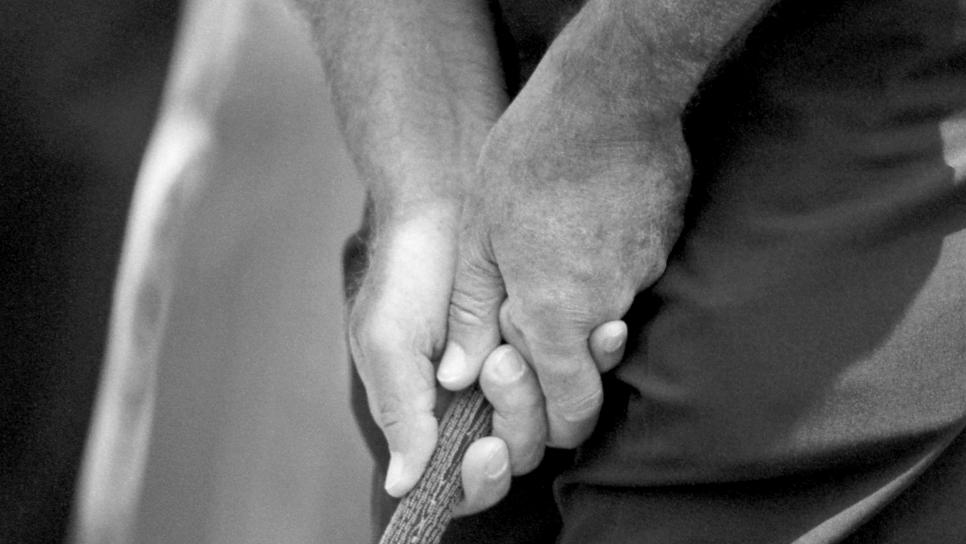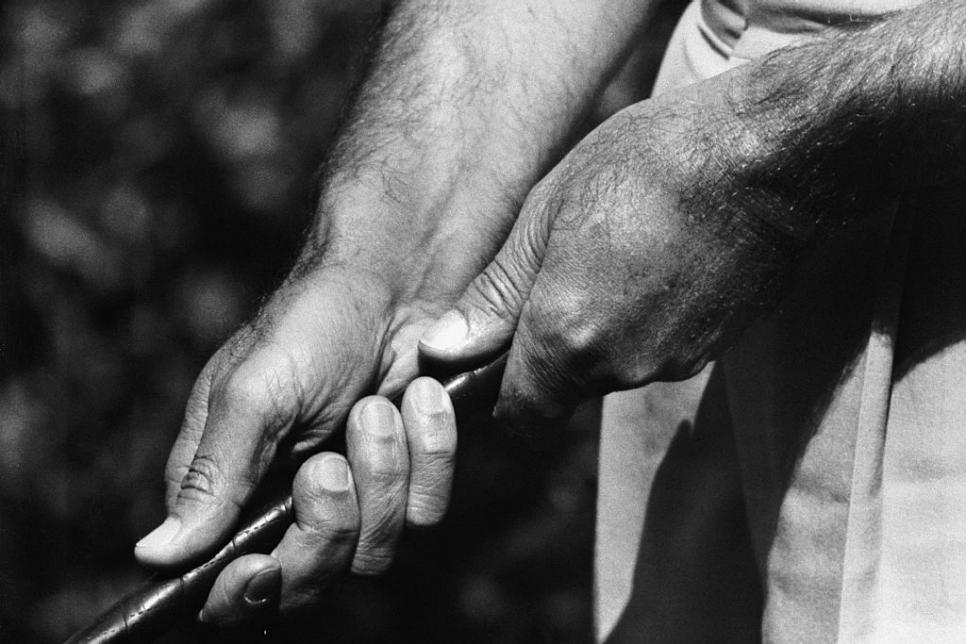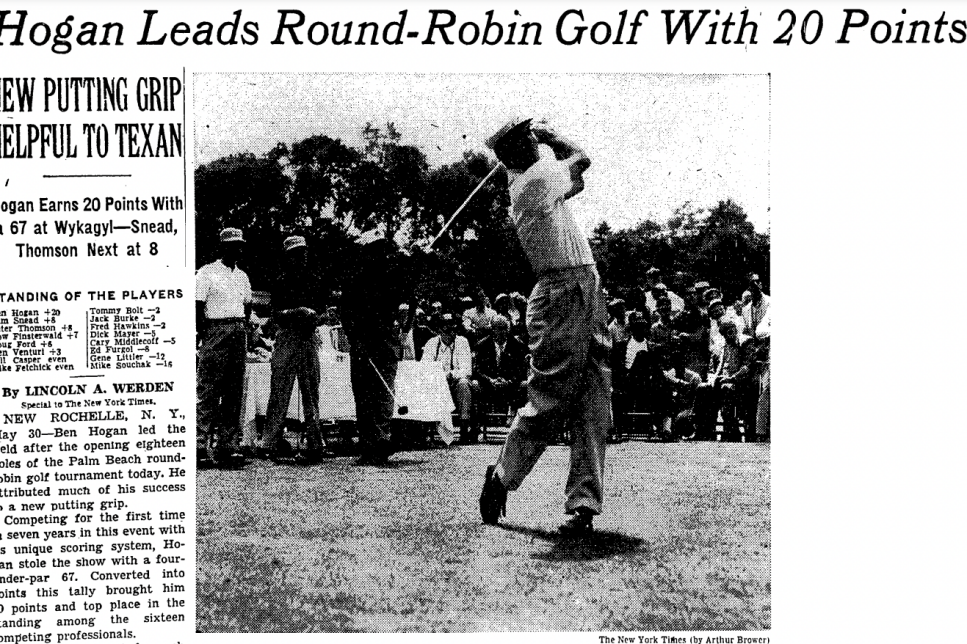It’s a cruel joke of the golf gods that Ben Hogan, perhaps the best ball-striker of all time and almost certainly its smoothest swinger, encountered such struggles on the greens.
But for a brief moment late in his career, it was a problem Hogan seemed to have solved.
In 1953, Hogan accomplished something truly astonishing. He won all three majors he played, set a scoring record at that year’s Masters, and became the first player since Gene Sarazen to complete the career Grand Slam.
Though Hogan continued to contend in majors after that run – he finished second four times, sixth and eighth in the four majors he played from 1954 to 1956 – Hogan would never claim another major. His legs had grown weak from his near-fatal car accident a few years earlier, and injuries to his left eye as part of that crash hindered his putting performance.
But then, in 1957, Hogan seemed to stumble upon something of a breakthrough.
Hogan with a baseball grip?
According to a retrospective article on Hogan’s career in Golf Digest at the start of that year, Hogan began experimenting with a radical new putting grip.
Whereas in his entire career previously he adopted a conventional reverse-overlap putting grip, Hogan began experimenting with a 10-finger, split-handed, baseball grip. We’ve become desensitised to unique putting grips these days, but at the time it was very unusual.

But it worked!
In his preparation for the 1957 Masters, Hogan shot a series of practice rounds under 65 with his friend, Cary Middlecoff as witness and who said Hogan intended to put the new grip into play at Augusta. But, to Middlecoff’s surprise, Hogan abandoned the grip at the last moment. He was, quite simply, too embarrassed to use it.
Whereas Sam Snead would try anything to get the ball in the hole putting croquet fashion at first, and later sidesaddle, Hogan stubbornly resisted any untraditional innovation that would help him. In truth, he did try putting with a split grip once, his hands placed 10 inches apart on the handle of the putter. He adopted the odd-looking grip in practice prior to one Masters in the 1950s, and he putted beautifully that way, never shooting higher than 65 at Lost Tree in Florida, a difficult course where he often played just before travelling on to Augusta. But Dr Cary Middlecoff, Hogan’s friend and a great player himself, says he was stunned to see Hogan resorting to his old method on the very first hole of their first practice at Augusta. “I said, ‘Ben, what the hell are you doing, man?’ And he said, ‘Doc, I just can’t putt that way in front of all those people!'”
With his conventional putting grip, Hogan missed the cut – his only Masters missed cut in 25 starts. That failure was enough to convince Hogan to put the grip into play a month later, at the 1957 Palm Beach Round Robin Tournament, where this picture was snapped.

Once again, it worked.
Hogan shot a four-under 67 to lead in his first round and continued to lead after the second round, too. The New York Times, on-site at the event, reported on Hogan’s putting grip change:
Grasping the putter in his left hand he places his left thumb on top of the shaft.
“I’ve tried everything but putting cross-handed,” said Hogan after completing his round. “Certainly, I’m satisfied with my new grip. You know I usually three-putt, but I didn’t out there. Altogether, I had eight one-putt greens. That’s pretty good for me.”
Hogan went on to finish third. Sam Snead won the event.

As for what happened next? Well, we’re not sure. Perhaps Hogan’s sense of embarrassment of the technique reared its head again. Perhaps his previous putting troubles returned. All we know is that the new grip didn’t stick for Hogan. The reasons why – at least for now – are lost to history.



